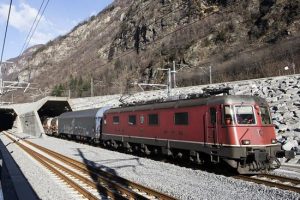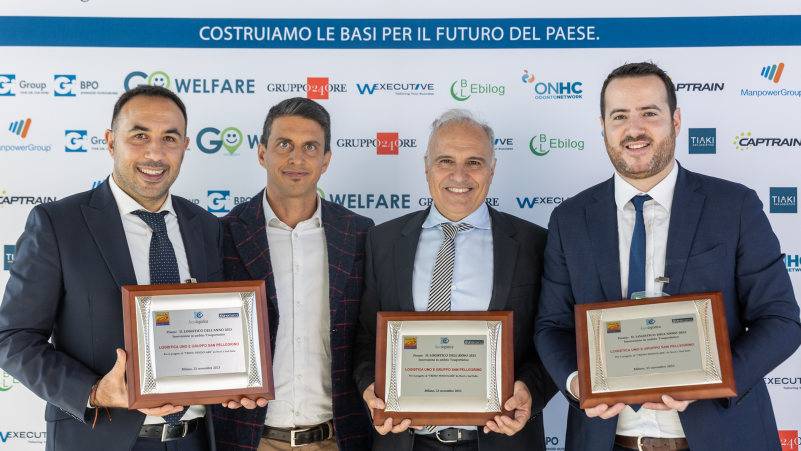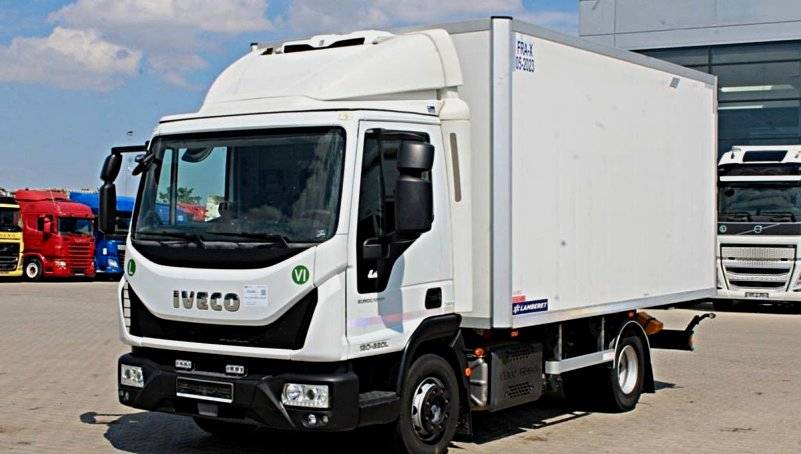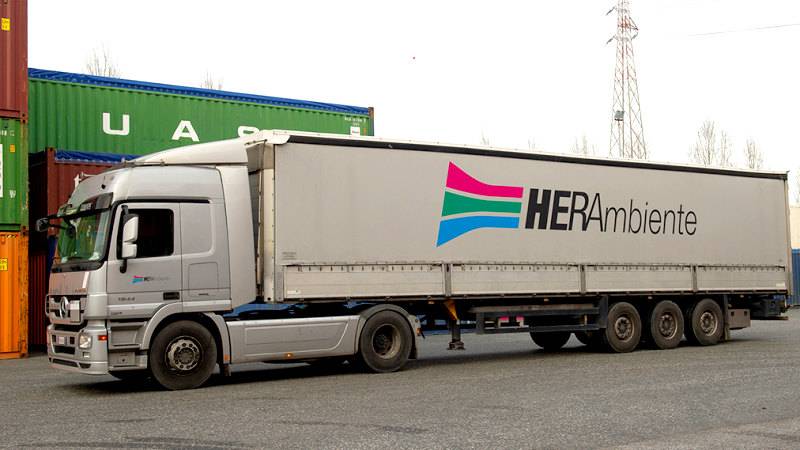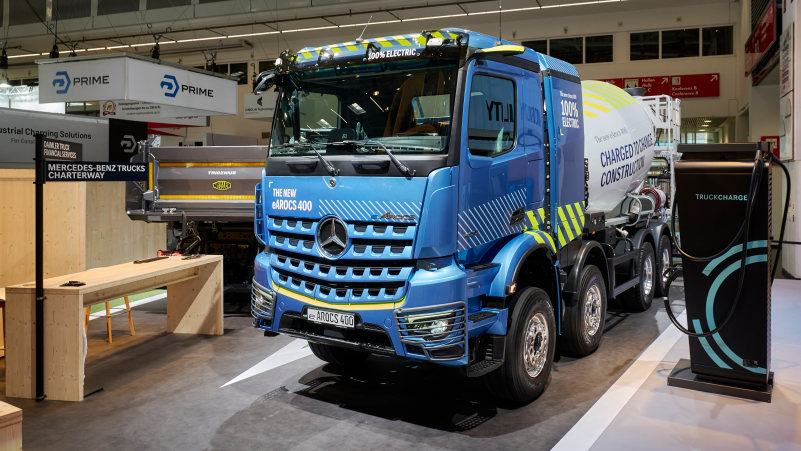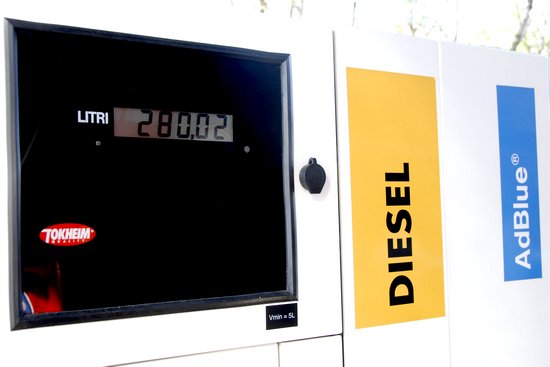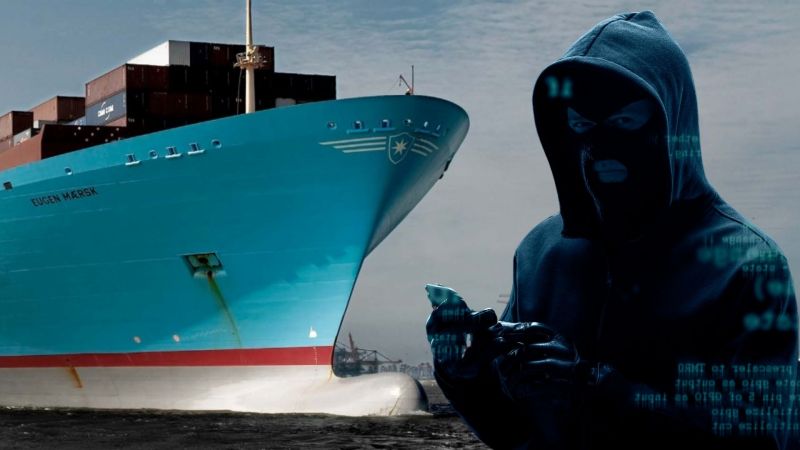The foundations for an agreement to complete the southern AlpTransit railway corridor were laid in the autumn of 2024 when the Lombardy Region, for the first time, participated in the seventh edition of the conference “Un Mare di Svizzera”, an annual event traditionally attended in Lugano at various institutional levels only by Liguria and Piedmont. At the Lugano meeting, Lombardy was represented by the Directorate General for Infrastructure and Public Works, not merely in a representative capacity but with a specific technical structure. Also in October 2024, a bilateral meeting took place in the Italian Parliament between the Speaker of the Chamber, Lorenzo Fontana, and the President of the Grand Council of the Canton of Ticino, Michele Guerra, to discuss the need for shared solutions to strengthen the cross-border railway network between the two countries.
Following these preliminary discussions, the first concrete outcome emerged on 10 March 2025 with a high-level institutional meeting between the Lombardy Region and the Canton of Ticino. During this meeting, resolutions from their respective legislative bodies were presented, calling for the completion of the north-south railway axis, including access lines both in Swiss territory, south of Biasca, and in Lombardy towards Milan. For the first time, an explicit alliance has been formed between the two border regions, with a request for European attention, as one of the main TEN-T corridors passes through the Insubric region shared by both countries. This alignment also aims to raise the issue of funding for major railway projects, including the completion of AlpTransit, a request that has so far received little consideration from either side.
Following the commissioning of the base tunnels of Lötschberg in 2007, Gotthard in 2016, and Ceneri in 2020, a segment of the Swiss political class, in fact the majority, considered the Alpine crossing project completed once the constraints of a mountain railway were overcome by base tunnels providing a high-capacity, low-altitude route. This political stance has consistently sidelined the need to plan essential railway connections with the new routes south of Gotthard.
The situation has been no different in Italy. RFI has always deemed the capacity of the existing Milan-Como-Chiasso line sufficient at least until beyond 2030, limiting its plans to a technological upgrade with the installation, still incomplete, of the European-standard ETCS signalling system. Any further intervention on this line has effectively been postponed. For example, in short-term planning, there is no provision even for a relatively minor but highly effective investment such as the addition of a third track between Camnago and Cantù, along with the Bivio Rosales overpass, which would eliminate the level crossing between the Como railway, mainly used by passenger trains, and the Monte Olimpino 2 tunnel, an unrestricted freight route towards Chiasso for intermodal transport. This package of investments would also include the preparation of passing tracks at Seregno with a 750-metre module to accommodate long freight trains meeting European standards. At present, these interventions remain at the stage of the Feasibility Study of Alternative Designs, in accordance with the Procurement Code, and the Technical-Economic Feasibility Project.
Piermario Curti Sacchi












